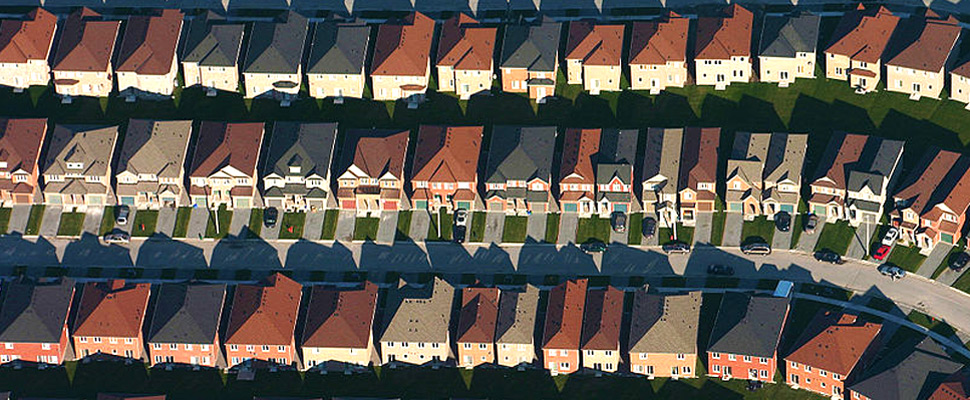Are you a houseaholic? Turns out, most of us might be.
In a new book The Housing Bomb: Why Our Addiction to Houses Is Destroying the Environment and Threatening Our Society, lead author and NC State professor Nils Peterson chronicles the rapid rise of housing growth worldwide, particularly in the United States, and why that might be a problem in the future.
Today’s houses are bigger than ever. Peterson writes that the physical footprint of each American house has more than doubled over the last 60 years. These homes cost more to maintain and consume significantly more energy and water than their smaller predecessors.
There are more houses than ever. The U.S. housing inventory has risen from 93,519,000 units in 1983 to 132,419,000 in 2011. While the U.S. population rose just 33 percent in that time, the number of houses grew 42 percent. The reason? Peterson cites an aging population as well as increases in wealth, women’s rights, education, and mobility and freedom among young singles. You know the story by now: supply increased, demand increased and prices increased until the recent subprime mortgage collapse, which created many nearly abandoned subdivisions with homes that residents could no longer afford.
Inconvenient houses could be contributing to health declines. Many studies have shown that long commutes negatively impact your health, contributing to more stress, less sleep and less social interaction. One study even shows a correlation between long commutes and poor health indicators such as high blood pressure, high cholesterol and obesity. Why? Driving is inactivity, and many physicians are now calling sitting ‘the new smoking’ because of its significant health impacts. If we live in more sustainable neighborhoods, we might live closer to stores and workplaces, which would significantly cut down on driving time and increase capability to bike or walk. Curious how walkable it is where you live (or where you’d like to live)? Enter your address at Walk Score to find out.
So, if you’re in the market for a house, be sure to calculate the true cost of ownership, which includes how much money you’ll spend on utilities and how much it will cost you to travel from the house to work, stores and other places you frequent. Suddenly a smaller house located near your work might sound more attractive.
If you already own a house, take steps to make it more sustainable, including investing in energy and water efficiency upgrades that can save our natural resources and your money over time. Something else to keep an eye out for: if NC State researchers have their way, you’ll one day be able to install more affordable solar energy for your home in just one day.
Image: Wikipedia
